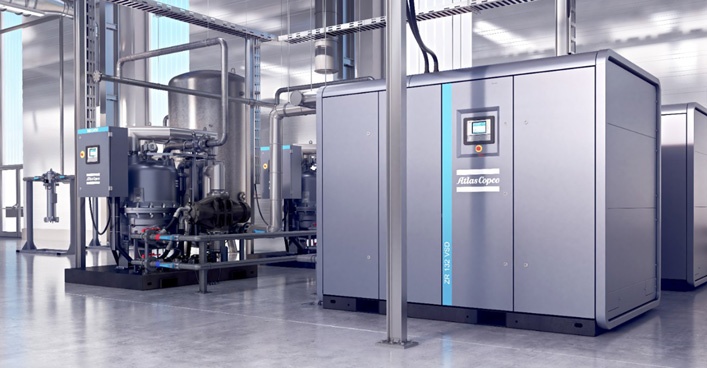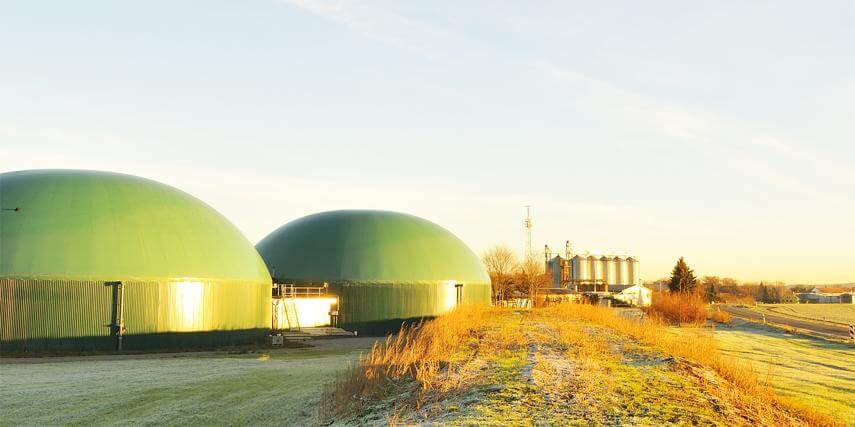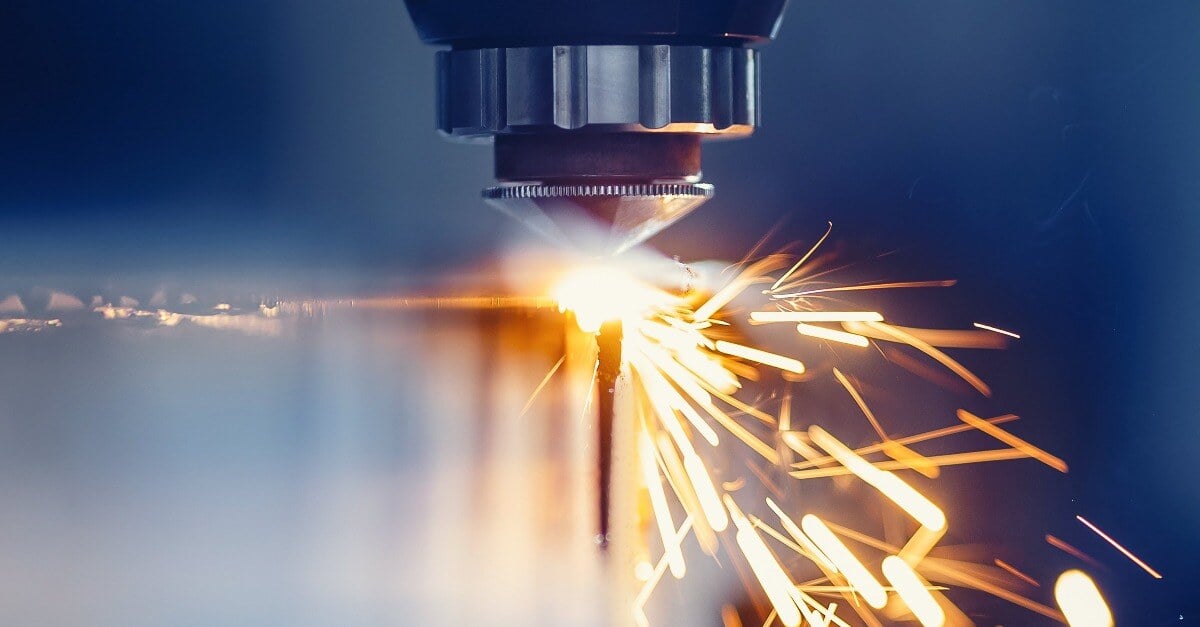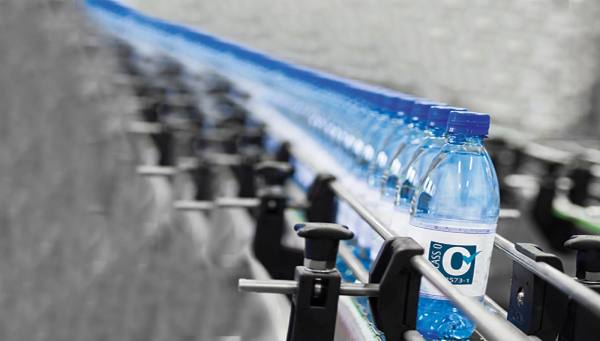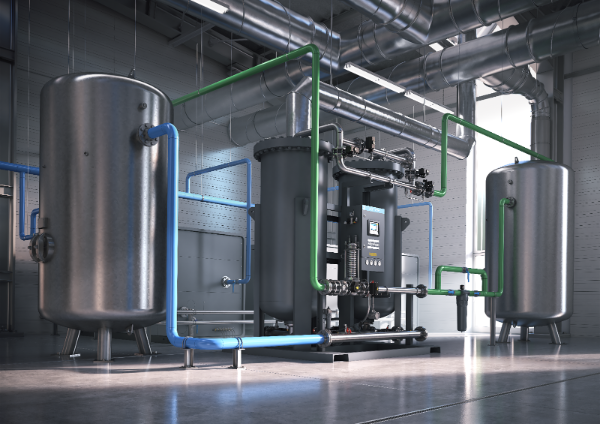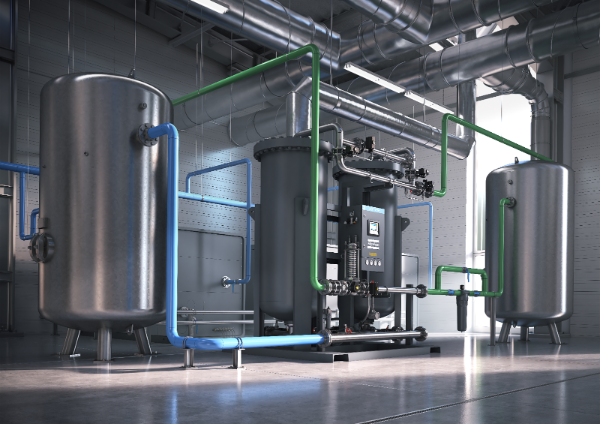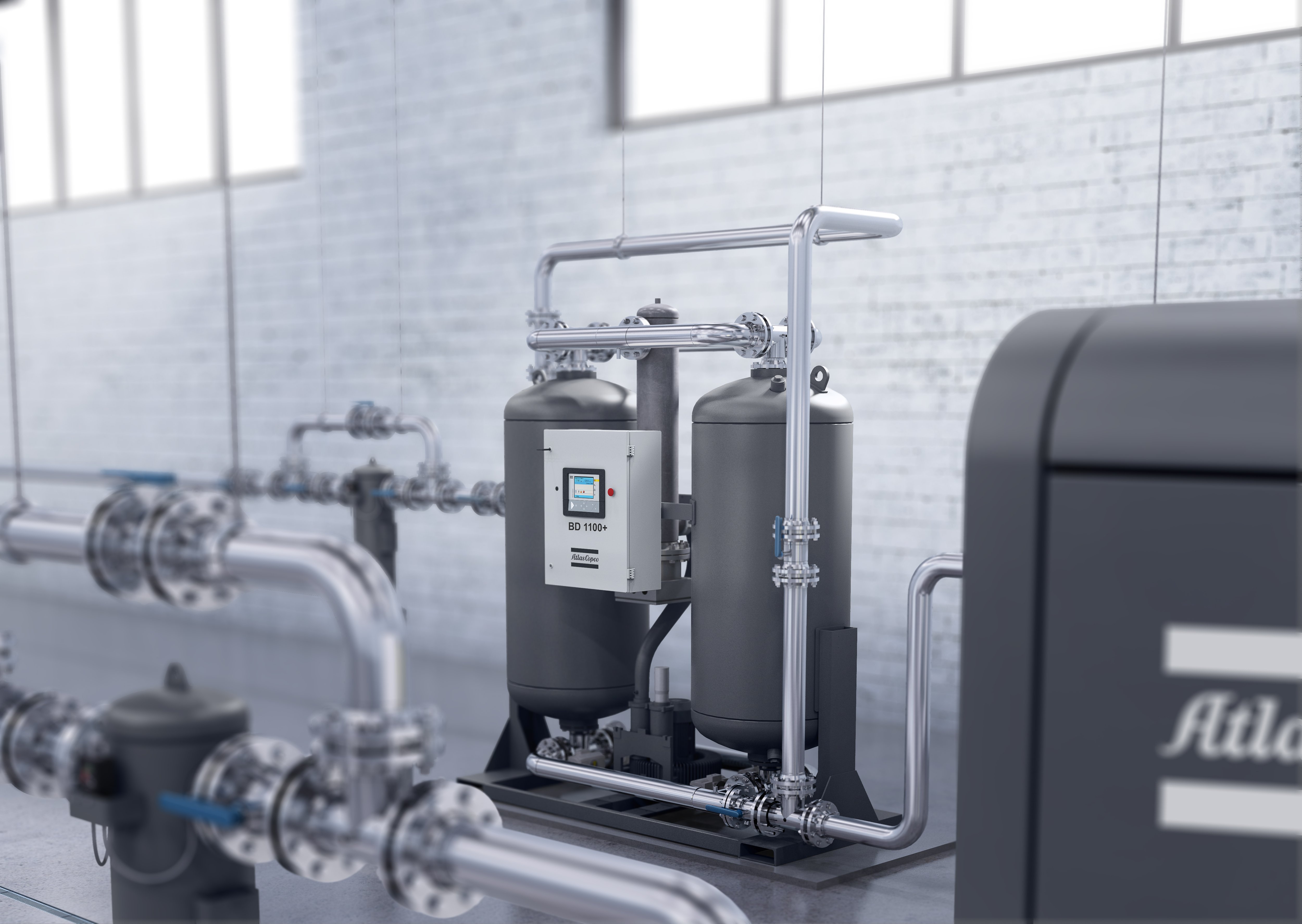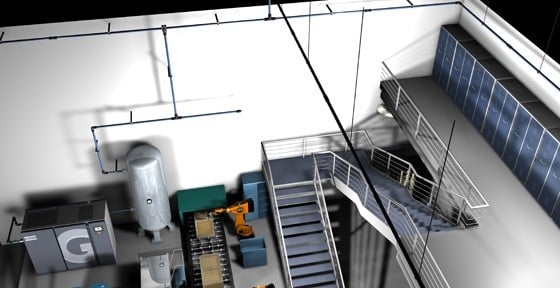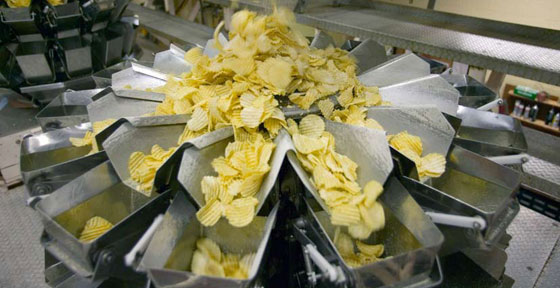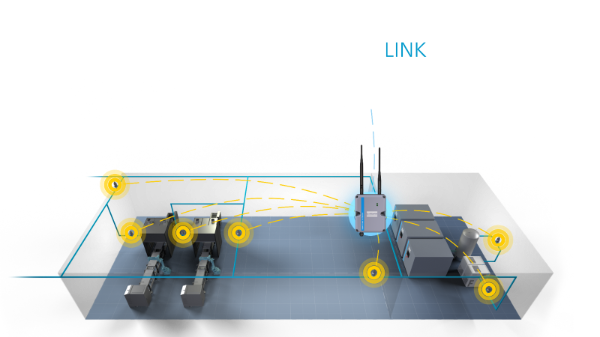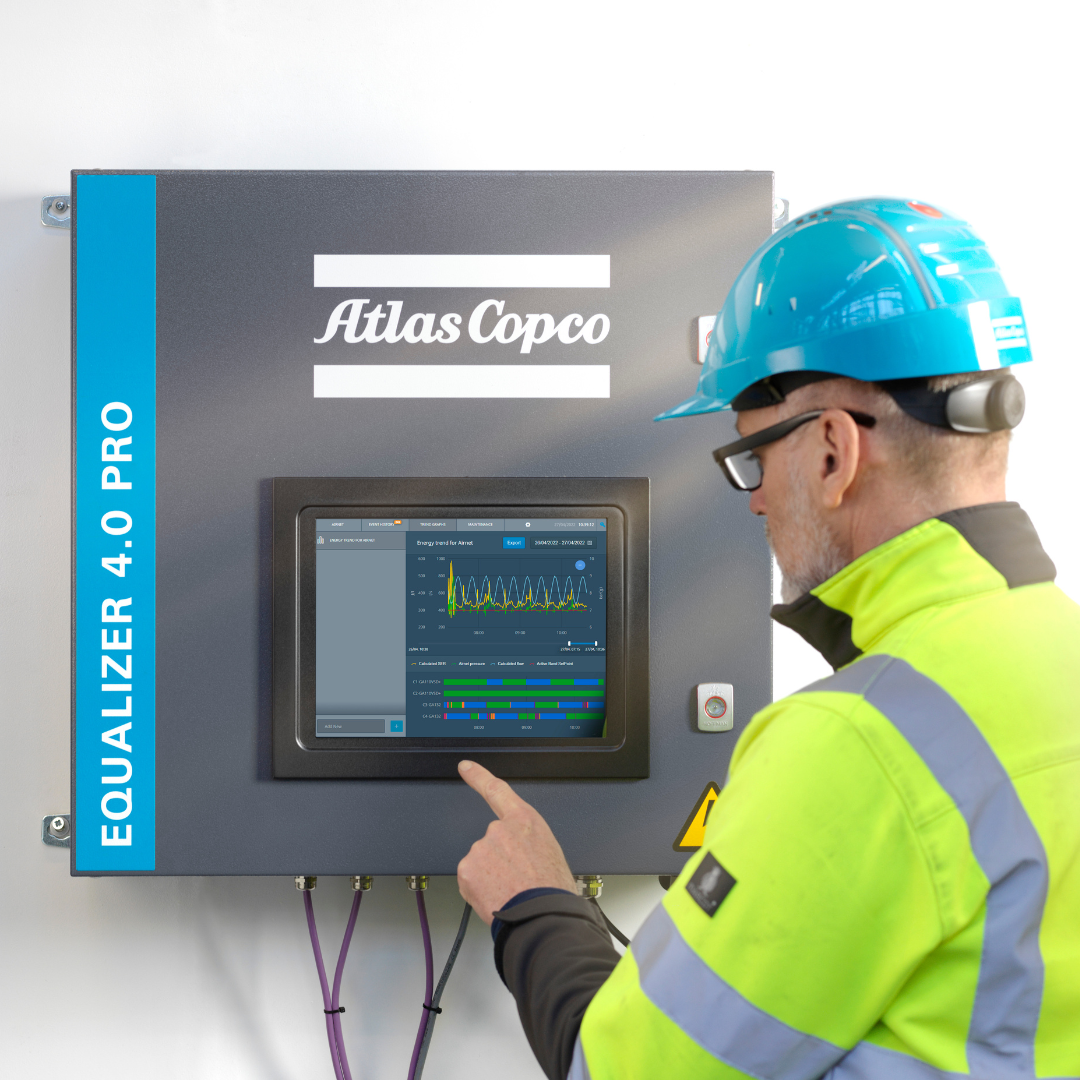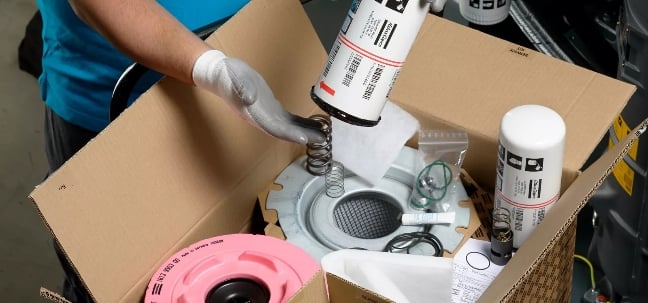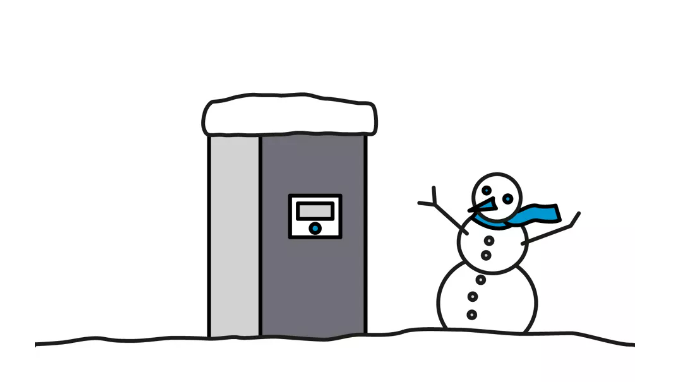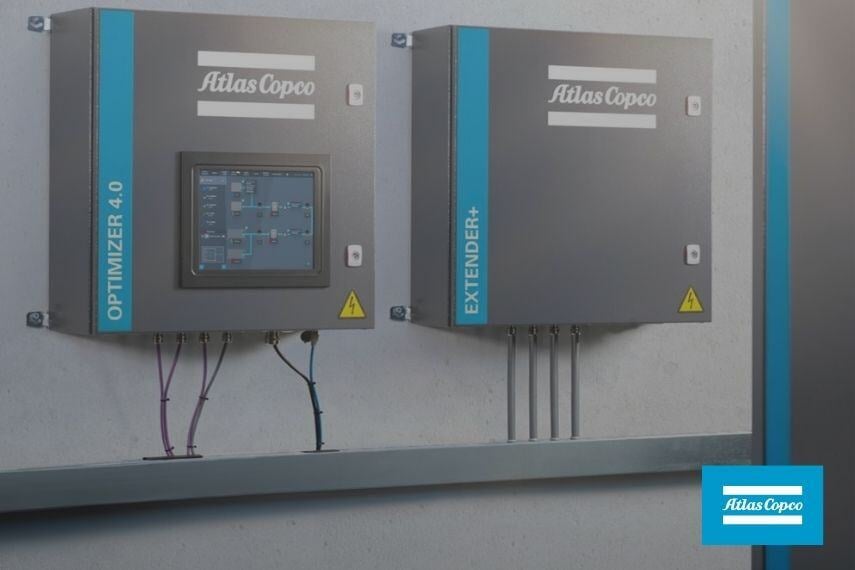
Vacuum Pumps
You may think you know pretty much everything there is to know about vacuums. You push one around your house to pick up dust on the floor and that’s about all there is to it.
Far from it.
Vacuums are used in so many places, and for so many purposes, that it’s almost mind-boggling. Think of the package of yogurt you sometimes have in the morning. A vacuum was used to make that packaging and keep the yogurt fresh. You’ve had a soda before, right? Vacuum pumps are used to make those cans!
When paper is manufactured, the heavier loads are lifted and forwarded using vacuum pumps. In hospital rooms, there are bound to be vacuum pumps for various applications such as using suction during surgery.
And it is unfathomable for virtually any segment of the computer industry not to use a vacuum pump.
You would be hard-pressed to find an industry that doesn’t use vacuum pumps. They keep our food fresh and enhance our lives. They simplify, accelerate, and lower costs of manufacturing
This is a major and global growth market.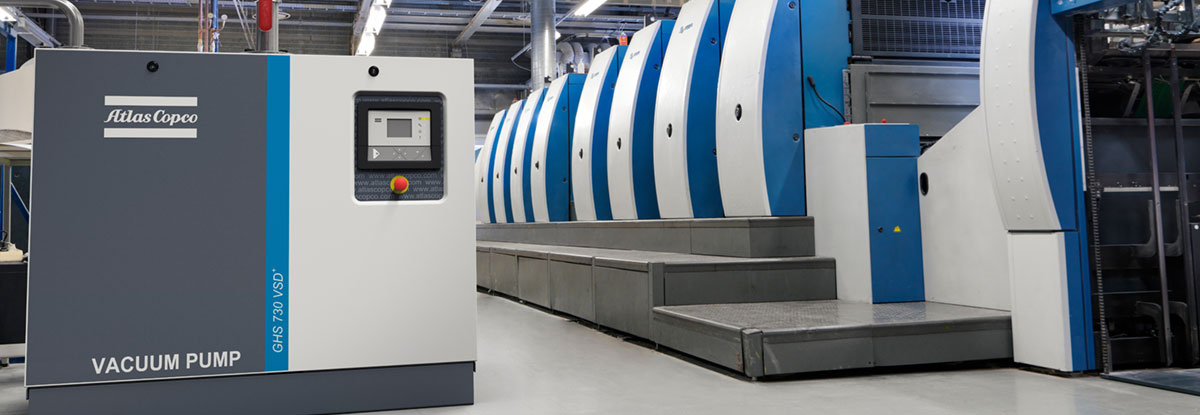
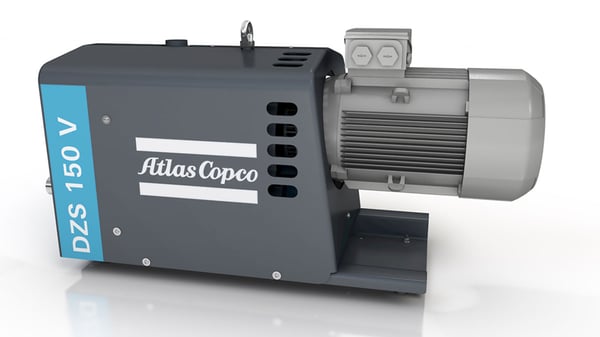
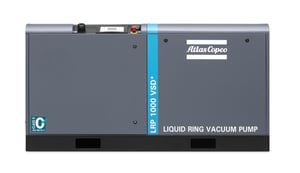
-original-800.jpg?width=300&height=200&name=DHS-VSD+--(4)-original-800.jpg)
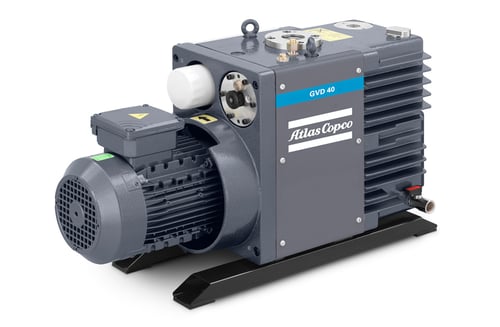

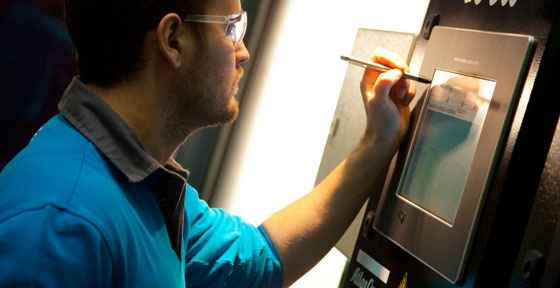
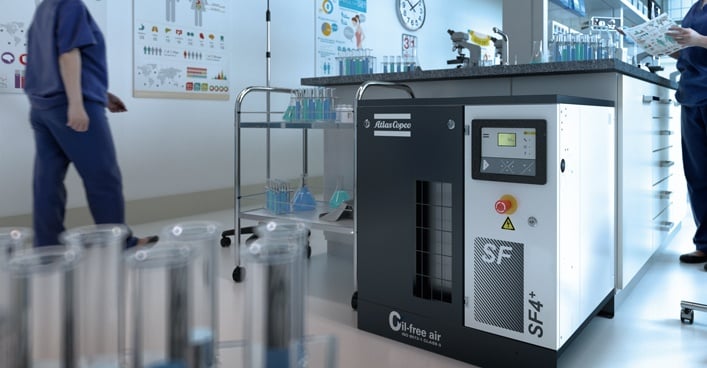

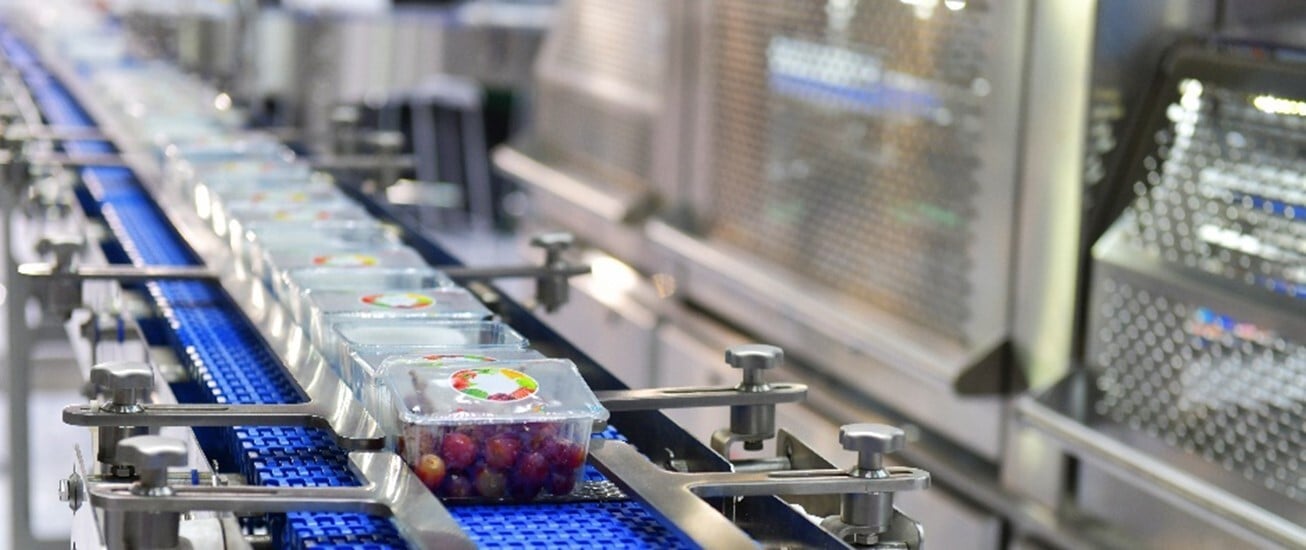
.png)
